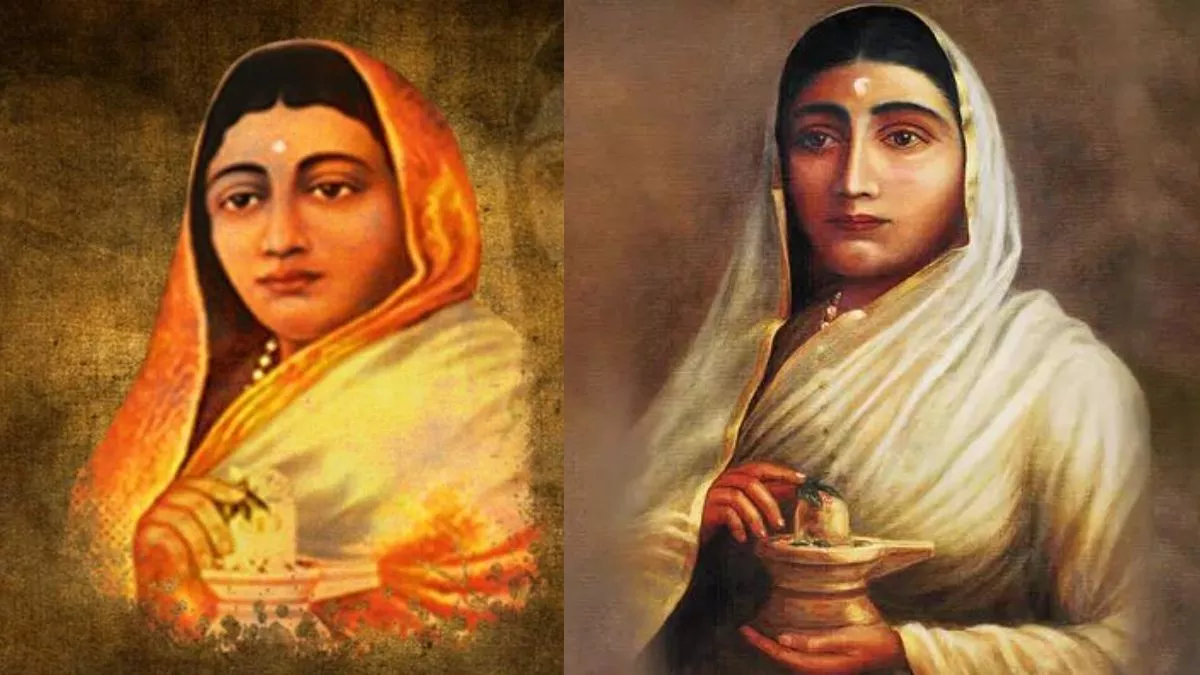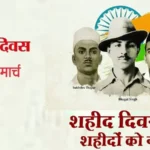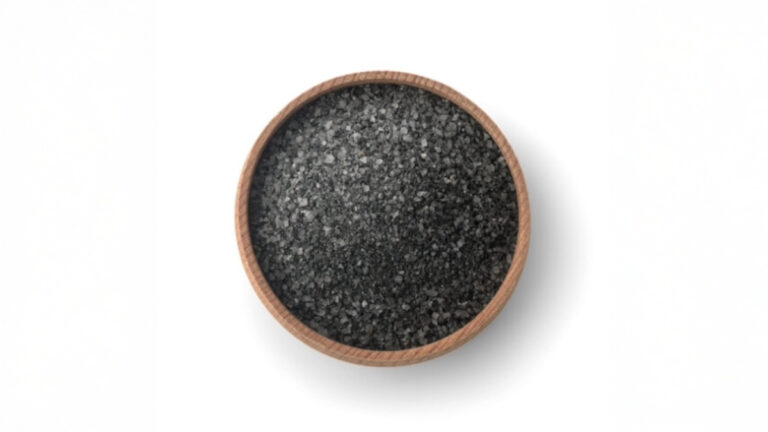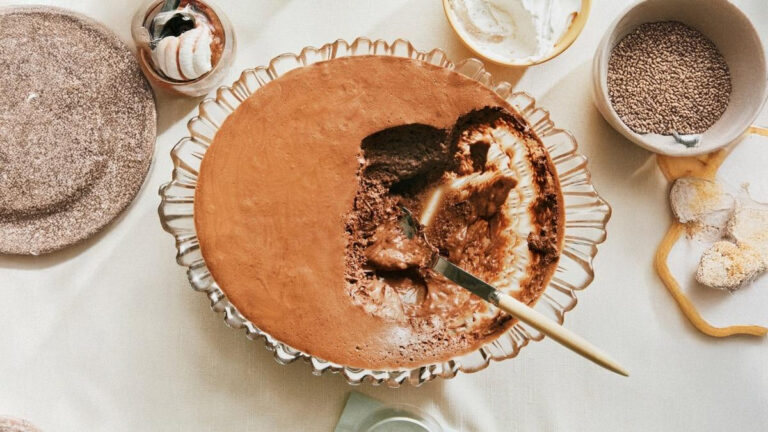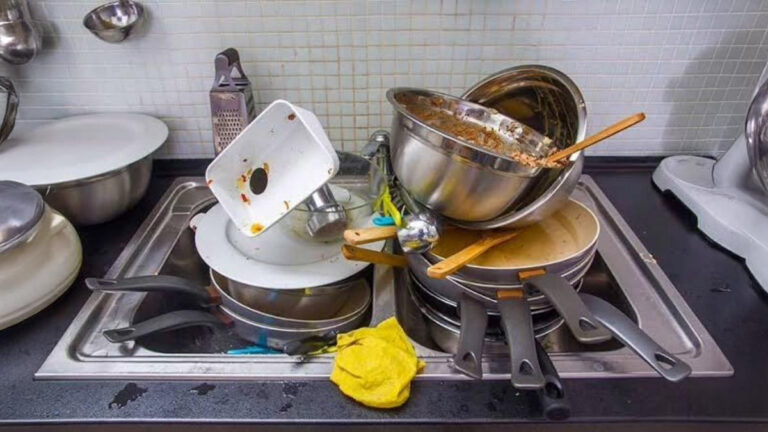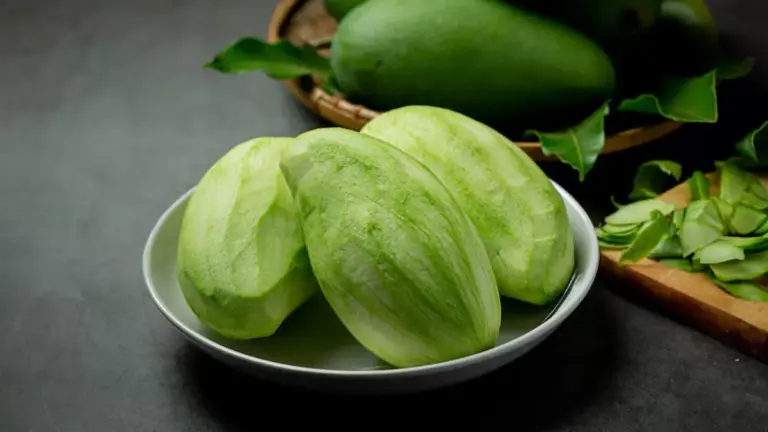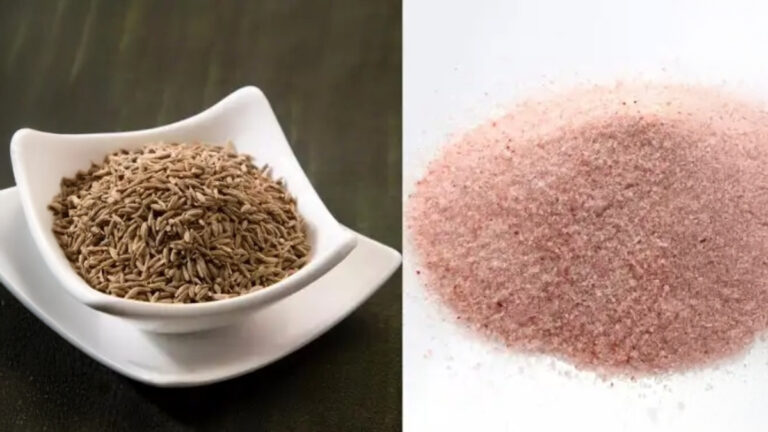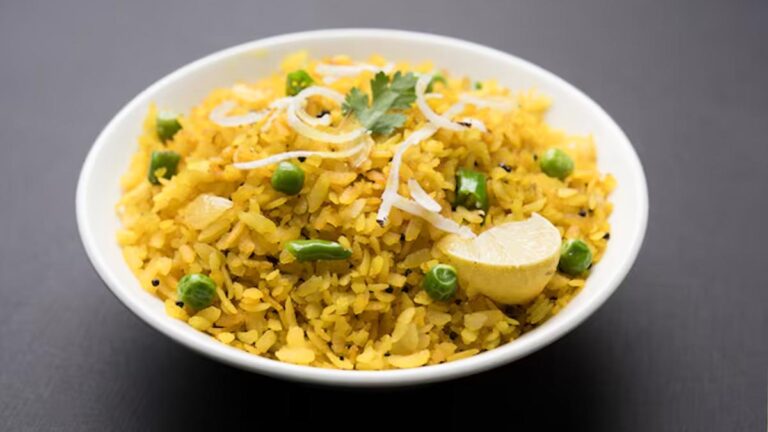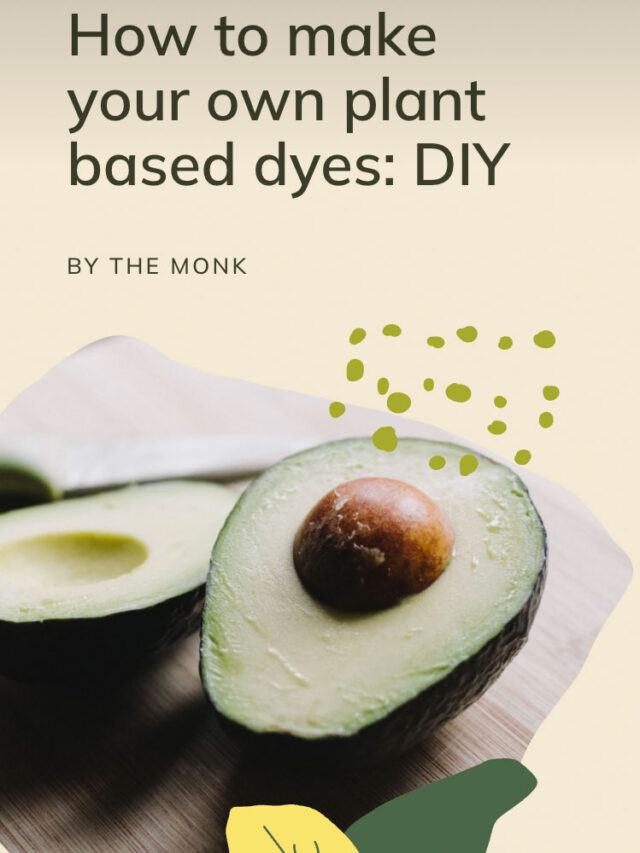Table of Contents
Life of Ahilyabai Holkar: Rani Ahilyabai Holkar is one of the great rulers of India. Born on 31 May 1725, Rani Ahilyabai brought Malwa and the Maratha Empire to new heights of prosperity. Her life was full of many ups and downs but with her passion and dedication, she made her place in the pages of history.
Life of Ahilyabai Holkar: The Great Maratha Queen
- Rani Ahilya Bai Holkar was born on May 31, 1725
- She was married when she was just 10 years old.
- After the death of her husband, Queen Ahilya Bai took over the reins of the Malwa Empire
There have been very few women rulers in India, whose strength has been recognized all over the world. Among these women, the name of Rani Ahilya Bai comes first. She did many such things during her reign, which were difficult to even imagine at that time. While ruling the Malwa and Maratha Empire, Rani Ahilyabai Holkar took them to the pinnacle of prosperity, which was not everyone’s cup of tea to reach.
was born in a cattle rancher’s house
Ahilya Bai was born on 31 May 1725 in Chaundi village of Maharashtra, that is, today on 31 May 2025, her 300th birth anniversary Today this village comes in Ahmednagar district. This was the time when the world of women was confined to the house. Apart from taking care of their home and family, no other kind of responsibility was expected from them.But at that time, there was a girl who not only got education but also got her name recorded in the history. This girl was none other than Queen Ahilya Bai. However, to reach this point, she had to face many ups and downs.
Education was taken while sitting on the doorstep of the house
Life of Ahilyabai Holkar was born to Mankoji Shinde, a cattle herder. In those days, educating girls was not a custom, but Mankoji Shinde still advocated for his daughter’s education. However, it was not that easy. Ahilya Bai was not allowed to go to school because she was a woman.
Therefore, she studied Sanskrit, religion and ethics while sitting on the threshold of her house. In those days, marriages also happened quite early. Therefore, when Ahilya Bai was 10 years old, she was married to Khanderao Holkar, son of Malhar Rao Holkar, the founder of Indore state, and thus she became Ahilya Bai Holkar. At the time of marriage, Malhar Rao was also only 12 years old.
She chose power, not sati
A year later in 1754, during the siege of Kumbher fort, Ahilya Bai’s husband Malhar Rao attained martyrdom. This was a time when the practice of Sati was very prevalent in India. According to this practice, after the death of the husband, the wife would burn herself alive due to worry about her husband. But Ahilya Bai was not an ordinary woman.
Instead of becoming a sati, she took over the reins of governance in place of her husband and her justice was so strong that soon everyone accepted her supremacy. Ahilya Bai was so firm on justice that she even sentenced her own son to death for the sake of justice. It happened that her son Malerao had killed an innocent person, after which Ahilya Bai sentenced him to death for the sake of justice.
Women were also included in the army
Not only the justice system, Rani Ahilya Bai also worked a lot for the prosperity and development of her empire. She renovated more than 50 temples and mosques. A story about Rani Ahilya Bai is quite popular. Once a fakir wrote a Persian poem in her praise. She liked this poem very much and was happy and gave a village to that fakir as ‘Inam-e-Aajeevan’ as a reward.
Not only this, she spent more than two lakh rupees for relief from the famine of 1782 even in those times. The queen understood the importance of women empowerment. Therefore, she also formed a special contingent for women in her army, which was named ‘Durga Dal’. Ahilya Bai did many other things to take her empire to new heights.
He did not bow his knees even before the British
Ahilya Bai was also a leader in politics. At that time, the British were trying to establish their rule over India, and Ahilya Bai achieved a strategic victory over them through great cunning. In fact, the East India Company had asked Ahilya Bai for military help and revenue rights in the Malwa region in 1784. But Queen Life of Ahilyabai Holkar was not ready to bow down to the British.
She rejected the British proposal and also signed an agreement with them, in which she agreed to pay only one lakh rupees annually. She refused to give even an inch of Malwa’s land and neither did she accept the authority of the British government over the army.

